
Scientists monitor the operation of China's Hard X-ray Modulation Telescope (HXMT) at the Institute of High Energy Physics under the Chinese Academy of Sciences in Beijing, Feb 18, 2021. (Photo/Xinhua)
Human resources in science key to China's innovative capability, potential
China has the world's largest human resources pool in science and technology, with 112 million trained professionals by the end of 2020, according to a report published by the National Academy of Innovation Strategy of the China Association for Science and Technology on Saturday.
However, experts said that the country still has a shortage of highly trained professionals who can make original breakthroughs and support the country's development in becoming a global science and technology powerhouse.
To solve this issue, China will need better science education at an early age, optimizing the evaluation and appraisal process for such people, providing more opportunities for career mobility and progression, and more investment in research and development from the public and private sectors.
The term human resources in science and technology refers to people who have completed their higher education, but also those who are employed in sci-tech related occupations without holding an academic degree. The size, structure and efficiency of a country's human resources in science and technology is a key indicator of the nation's innovative capability and potential.
In April, President Xi Jinping replied to a letter from senior professors at the University of Science and Technology Beijing, writing of the importance of nurturing more high-caliber professionals committed to the country's development.
The rejuvenation of the Chinese nation urgently needs a great number of talented people with moral integrity and professional competence, Xi stressed in the letter.
According to the report, the structure of China's sci-tech talent pool has become more balanced in recent years, with 73.9 percent of them at age 39 or younger at the end of 2019.The ratio of female professionals rose from around 33 percent in 2005 to 40.1 percent in 2019.
As for their level of education, by the end of 2019 over 93 percent had undergraduate or specialist degrees, but only 6 percent held a master's degree and 0.9 percent had a doctoral degree.
The report includes scientists and engineers, as well as professionals working in agriculture, medicine, law, economics, education, management as human resources in science and technology.
Engineering professionals make up the largest proportion of the talent pool, accounting for 55.8 percent in 2019, followed by medicine at 13.1 percent.
However, the education level of China's human resources in science and technology is structured like a pyramid, with a strong base of bachelor's degree holders and a shortage of PhDs and high-quality professionals at the top, the report said.
As a result, the report suggests more reforms to optimize the China's talent structure, attract international professionals, and promote an academic environment conducive for science and technology development.
Xu Junhai, an expert on human resources policy at the Jiangsu Provincial Federation of Philosophy and Social Sciences, said China is still working on its national talent development plan for 2021 to 2025 to cultivate a range of high caliber professionals, from industry leading scientists to outstanding engineers.
"The report has shown that China lacks top quality professionals. This is why we need to build world-class research facilities and regions that can foster high-caliber talents," he said.
Moreover, China needs to launch an initiative pressing for innovative research projects that can attract and train strong professionals to make original breakthroughs. Another key question is how to better serve, manage and incentivize China's massive professional talent pool, Xu said.
Universities, national laboratories, industries and companies should engage in a collaborative effort to train new professionals and unleash their innovative potential. Local governments should also be encouraged to explore and reform training programs suitable for their conditions and resources, he added.
Wang Hongwei, a researcher at the Institute of Quantitative and Technological Economics of the Chinese Academy of Social Sciences, said China should invest more in chip manufacturing, operating systems, industrial software and other key fields crucial for socioeconomic development.
While it is important to encourage the career mobility of quality professionals, it is also imperative to set up mechanisms to prevent cutthroat competition among employers to secure these people, Wang said.
Zheng Yonghe, a professor of science education at Beijing Normal University, said last year that teachers with a background in science and engineering made up of 27.5 percent of all elementary school teachers in China, while 32.3 percent had liberal arts backgrounds. Many of the rest had studied education.
Science education in Chinese elementary and middle schools currently lacks a related academic underpinning and a supporting policy, he said.
"Cultivating scientific interest should start young, and we need to have a solid science education system, if our country wishes to prosper in science, technology and innovation for the next three decades."
Zhu Youfangin Changsha contributed to this story.









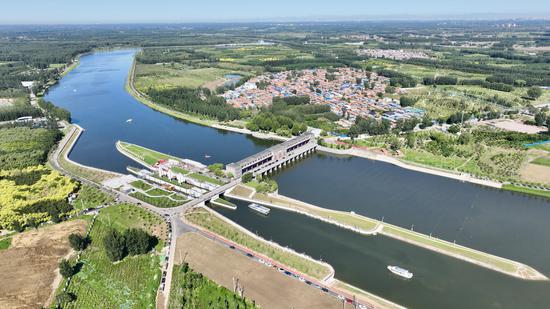


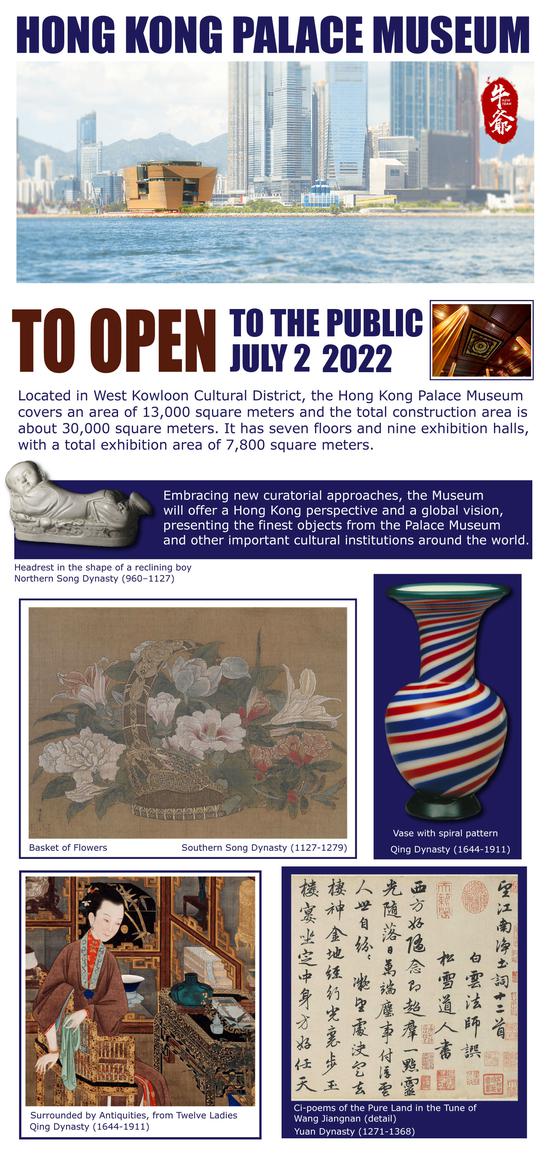

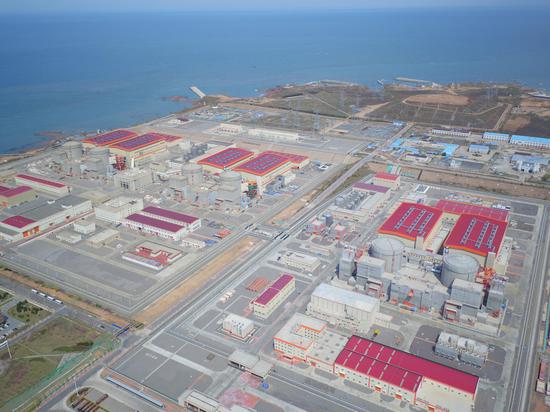


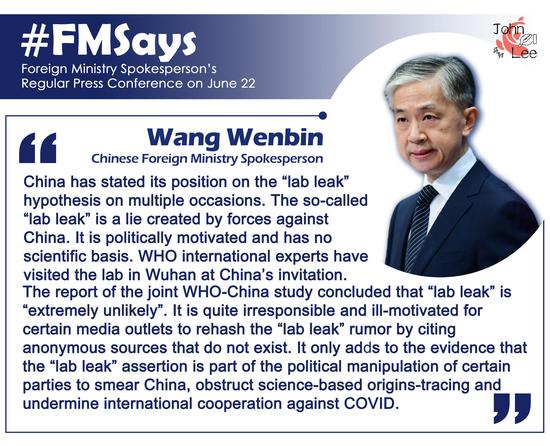

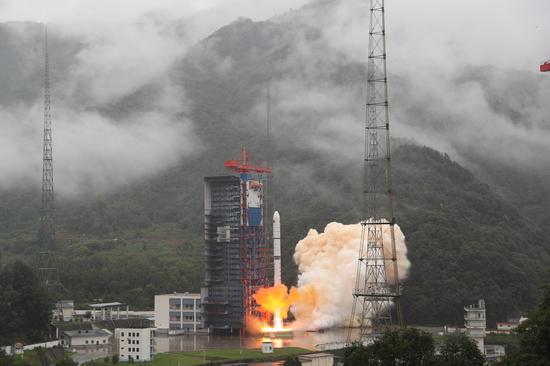





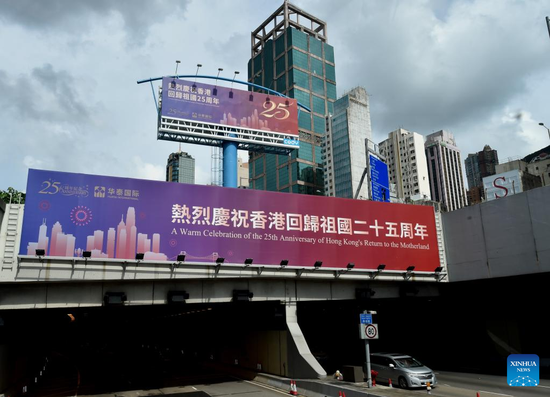

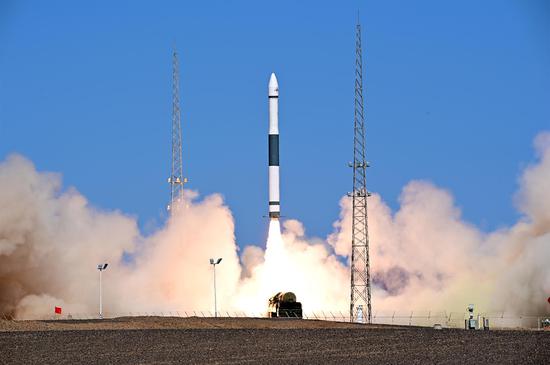




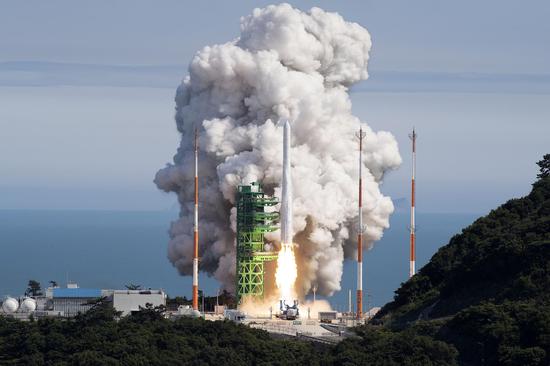















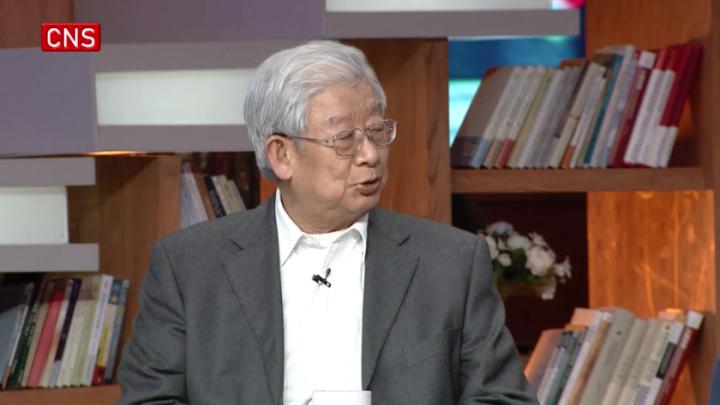

 京公网安备 11010202009201号
京公网安备 11010202009201号